7 Days Nepal (Kathmandu, Pokhara, Jomsom)
Kathmandu > Kathmandu 1N > Pokhara 1N > Jomsom 1N > Pokhara 1N > Kathmandu 2N > Kathmandu
Duration
7 Days
Group Size
15 persons
Location
Nepal
Sketch Itinerary
Itinerary
Day 1: Arrival & Free Day
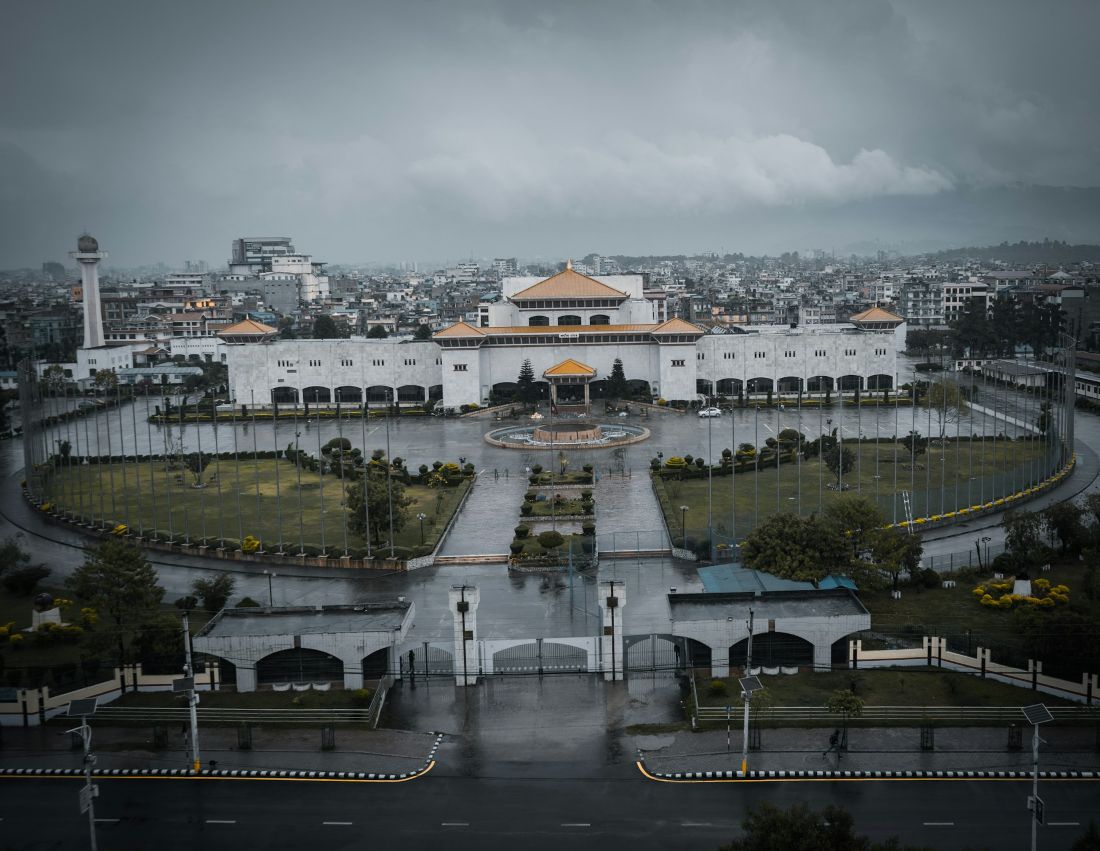
Upon arrival at airport you will be met by our representative & transferred to your hotel. Check in to your hotel & rest of the time free for personal activity.
Overnight Stay in Kathmandu
Day 2: Transfer to Pokhara (8Hrs)
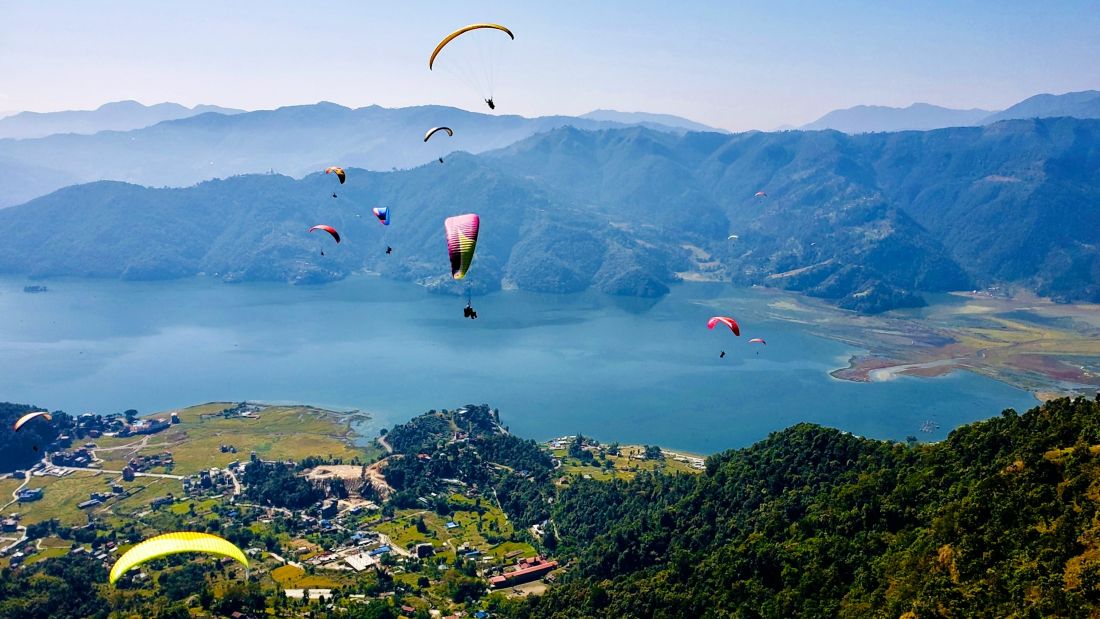
After breakfast, drive to Pokhara, which is 8 hrs from Kathmandu, on the way visit Manakamana temple, reach Pokhara, hotel check in rest and refreshment.
Overnight Stay in Pokhara
Day 3: Pokhara – Muktinath -Jomsom (7-8hrs)
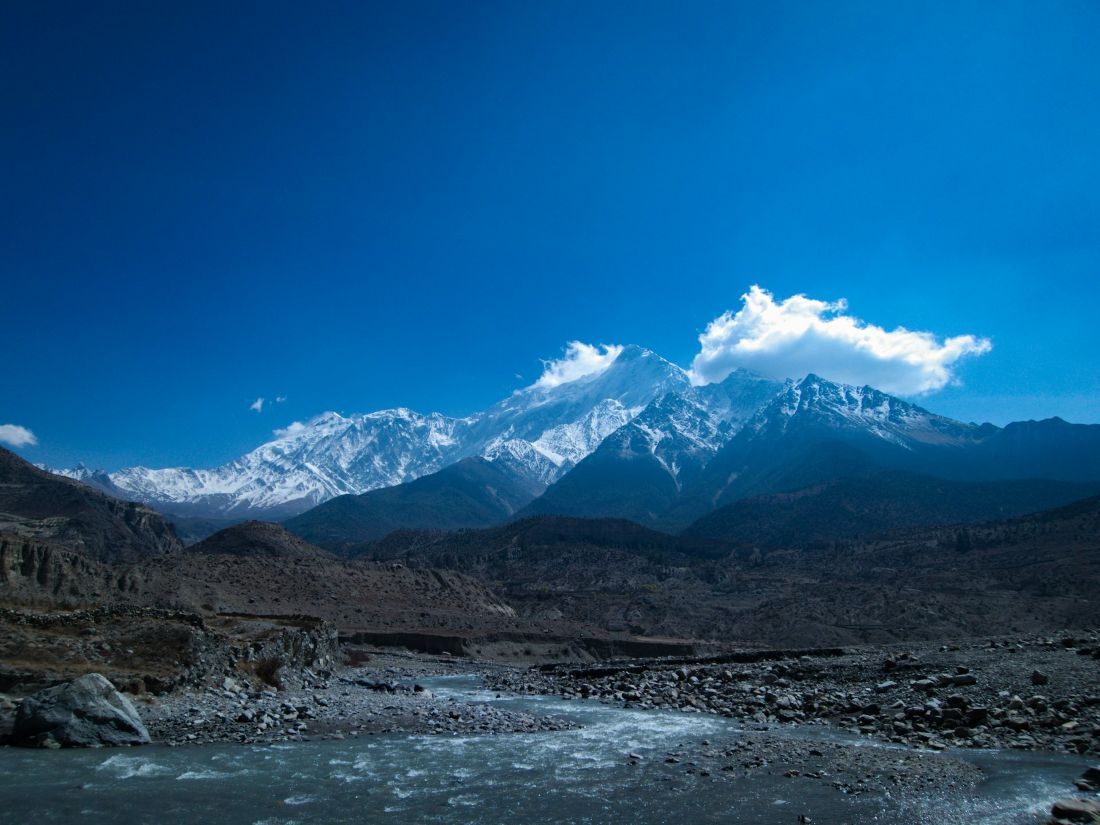
Today early morning take packed breakfast & transfer to Muktinth , which is 7hrs drive from Pokhara , At Muktinath vehicles are not allowed to go Near the temple so they stop around 1.7km away from temple, around 500 meters is a uphill walk on stairs , take darshan & Come back to Jomsom.
Overnight Stay in Jomsom
Day 4: Jomsom to Pokhara (5-6hrs)
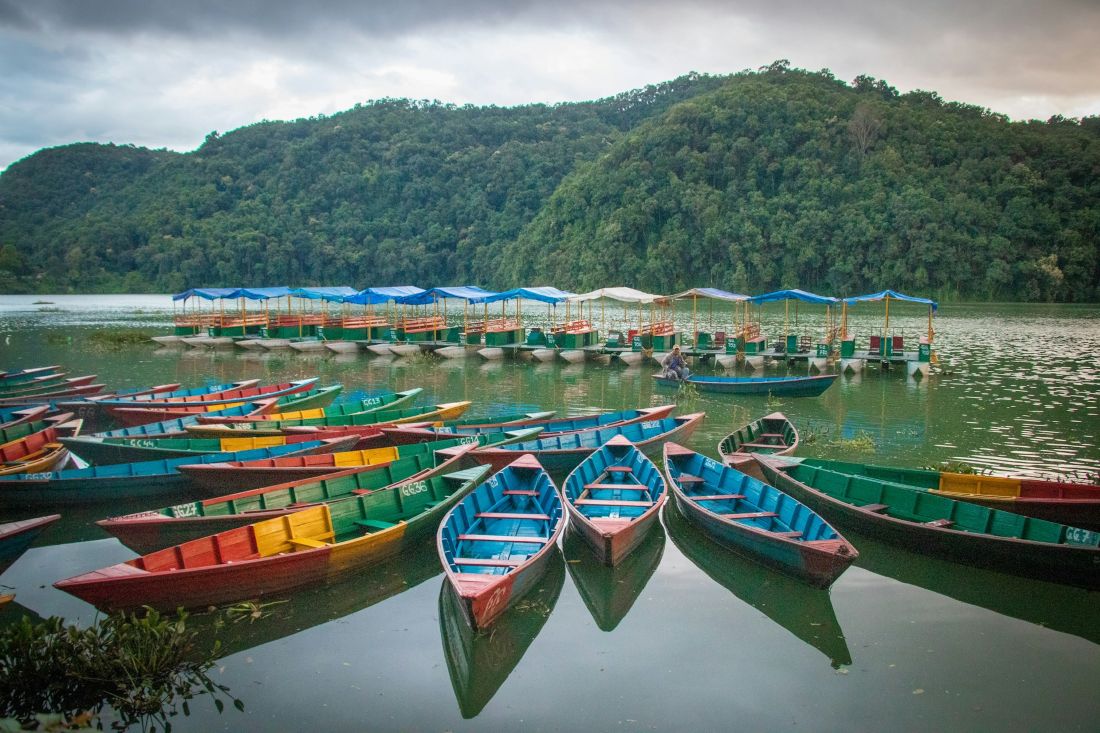
After early Breakfast transfer back to Pokhara , which will take around 5-6hrs hrs to Reach ,Reach Pokhara hotel & in evening proceed for the sightseeing covering Guptewhsor Mahadev ,Davis Fall , Fewa Lake & Bindabasini Temple.
Overnight Stay in Pokhara
Day 5: Drive back to Kathmandu (8hrs)
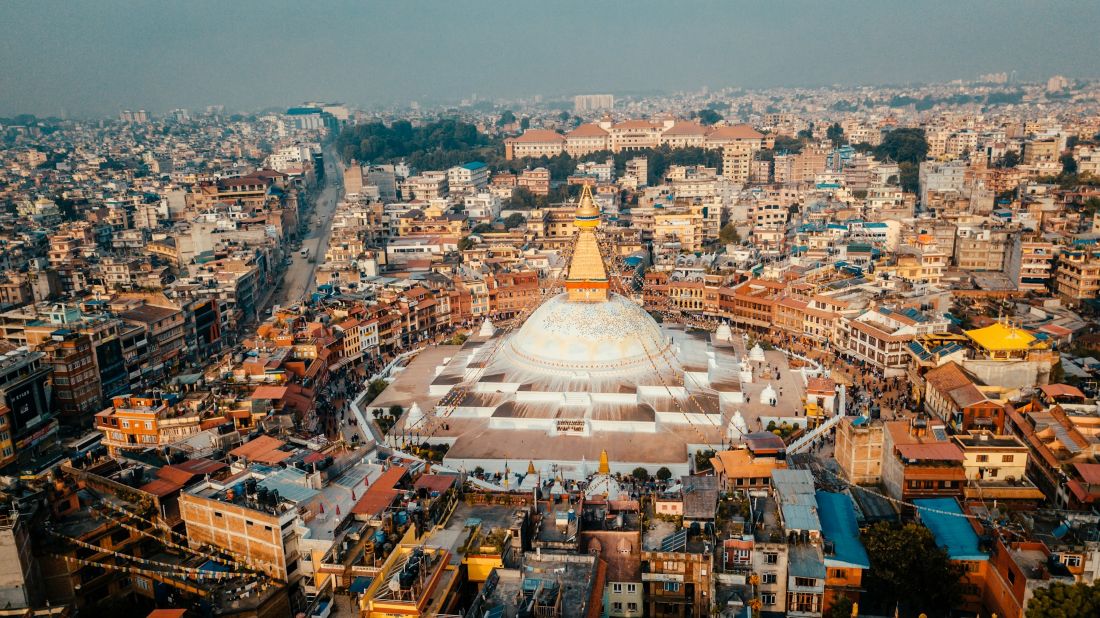
Morning after breakfast, drive back to Kathmandu, hotel check in rest and refreshment.
Overnight Stay in Kathmandu
Day 6: Kathmandu City Tour (6hrs)
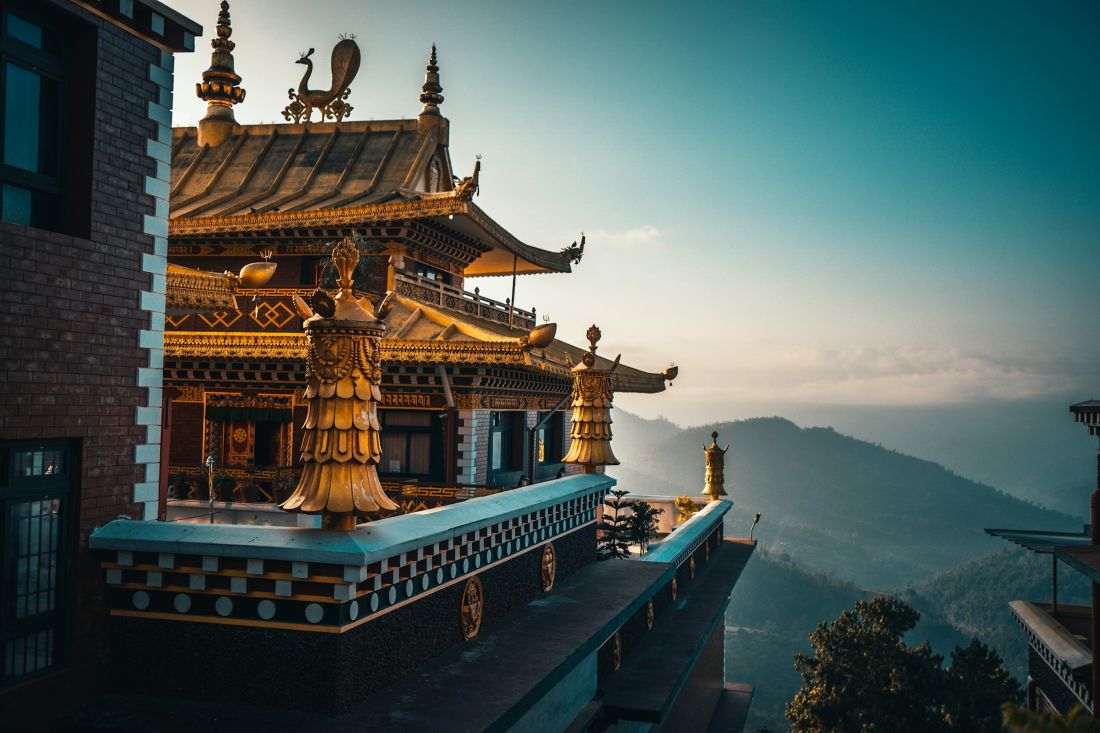
After breakfast get ready for the city tour of Kathmandu covering Pashupatinath temple, Gujeshwori (Shaktipeeth), Kathmandu Durbar Square , Buddhanilkantha and Swayambhunath Stupa.
Overnight Stay in Kathmandu
Day 7: Departure

After breakfast check out your hotel and shift to Airport for your final departure.
End Tour
Included/Excluded
Hotel Details
Kathmandu (1 Night)
Pokhara (1 Night)
Jomsom (1 Night)
Pokhara (1 Night)
Kathmandu (2 Nights)
Kathmandu (1 Night)
Pokhara (1 Night)
Jomsom (1 Night)
Pokhara (1 Night)
Kathmandu (2 Nights)
Kathmandu (1 Night)
Pokhara (1 Night)
Jomsom (1 Night)
Pokhara (1 Night)
Kathmandu (2 Nights)
Experiences
 Adventure & Thrill
Adventure & Thrill Culinary & Food
Culinary & Food Culture, Heritage & History
Culture, Heritage & History Lakes & Rivers
Lakes & Rivers Mountain & Hill Stations
Mountain & Hill Stations Nature & Wildlife
Nature & Wildlife Pilgrimage & Spiritual
Pilgrimage & Spiritual Scenic Drives
Scenic Drives Shopping & Local Markets
Shopping & Local Markets Spa & Wellness Retreats
Spa & Wellness RetreatsFAQs
Do I need a visa to visit Nepal?
What is the best time to visit Nepal?
What are the top tourist destinations in Nepal?
How can I get around within Nepal?
Do I need permits for trekking?
What are some local etiquettes to follow in Nepal?
What kind of food can I expect?
Is internet and mobile connectivity reliable?
Can I travel to Nepal by road from India?
What should I pack for Nepal?
Can I see Mount Everest without trekking?
Why is Kathmandu popular with tourists?
Why do tourists love Pokhara?
What is Jomsom known for?
Why do people visit Muktinath from Jomsom?
Extra prices:
Discounts:
- {{total_price_html}}
- {{pay_now_price_html}}












